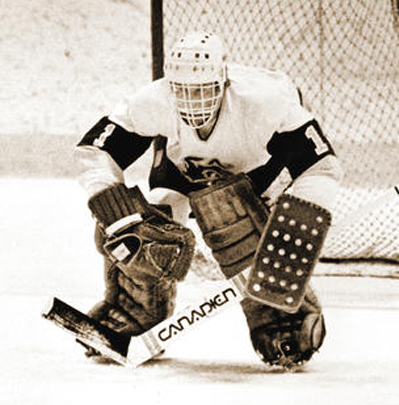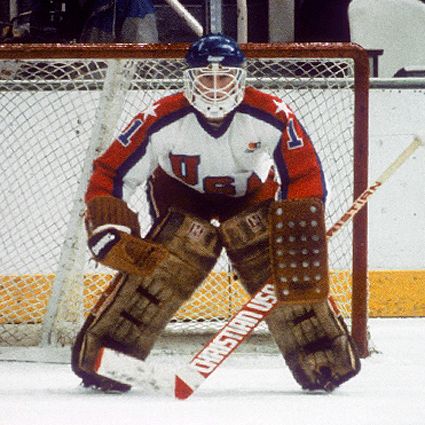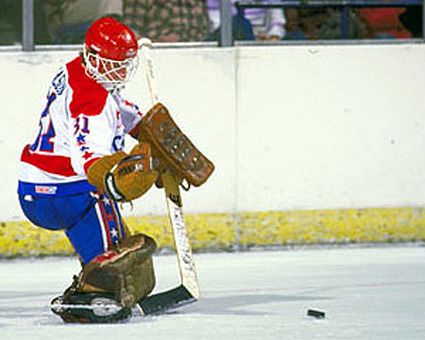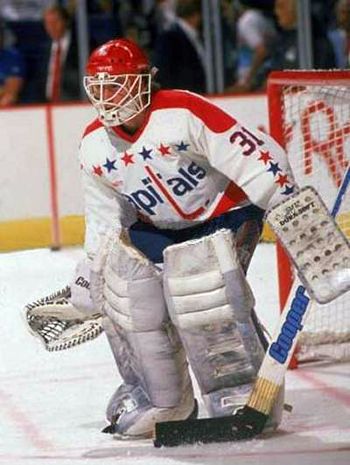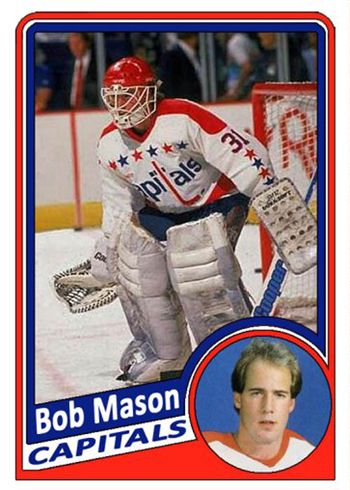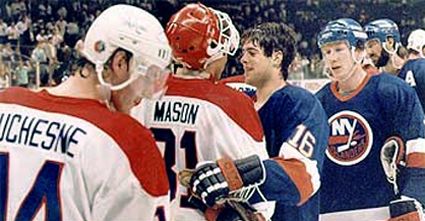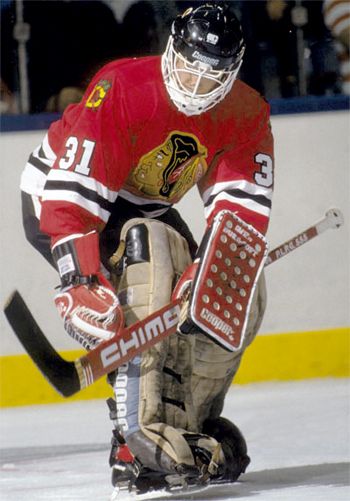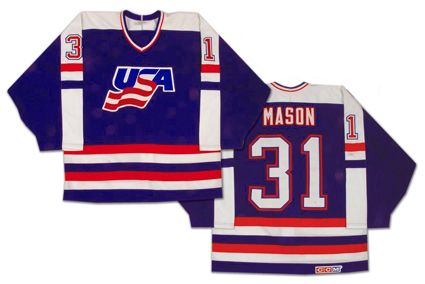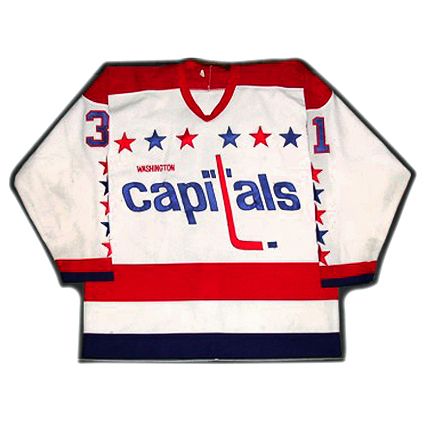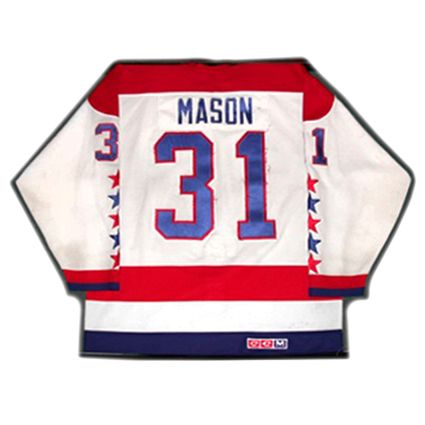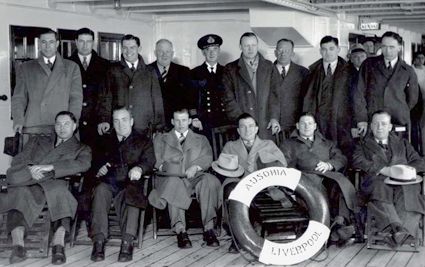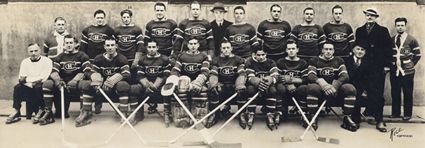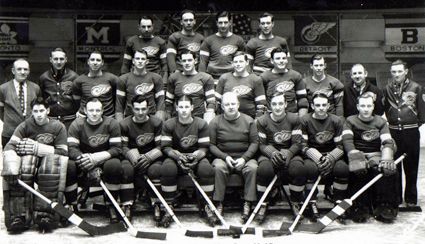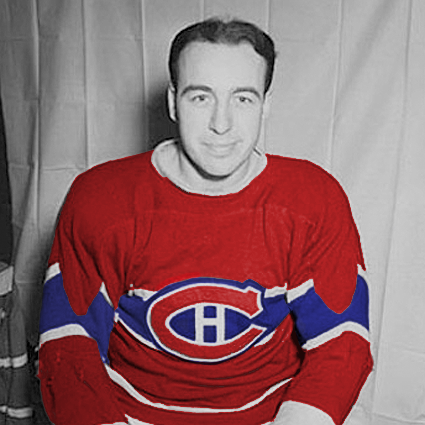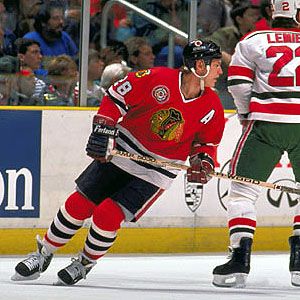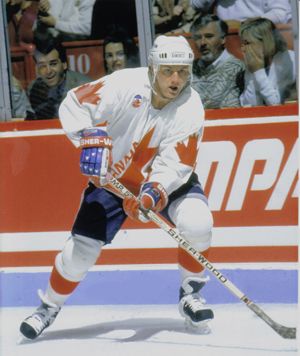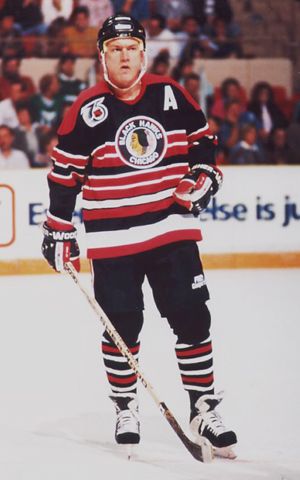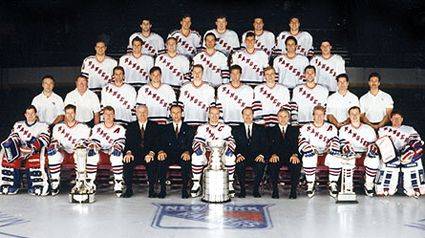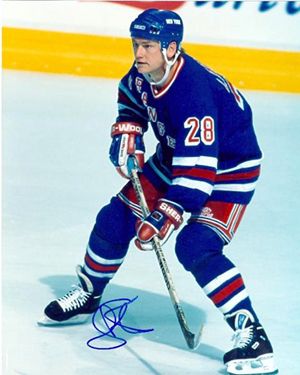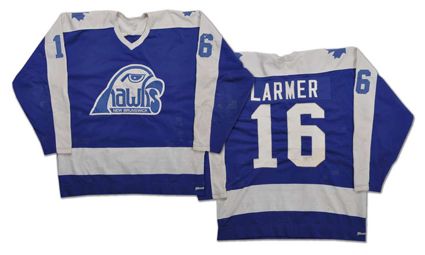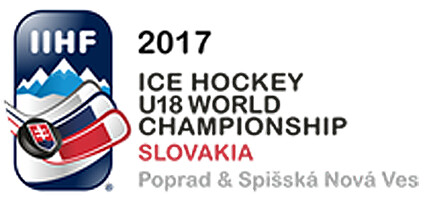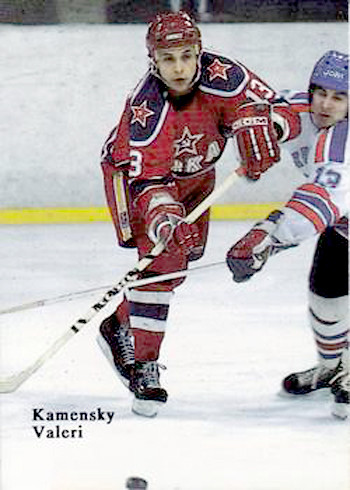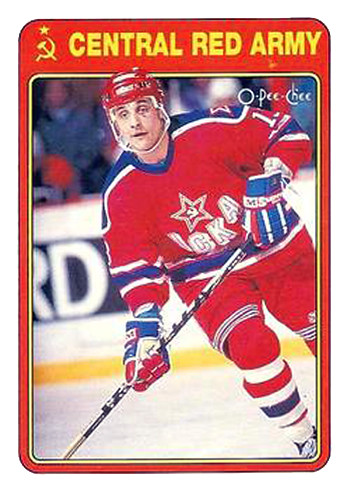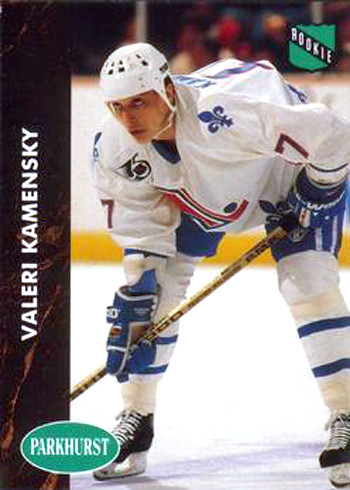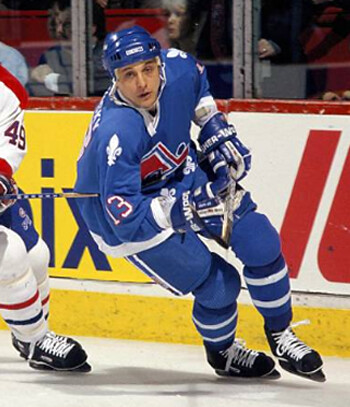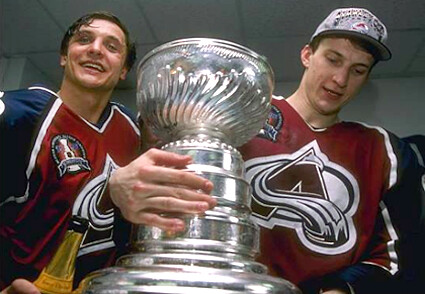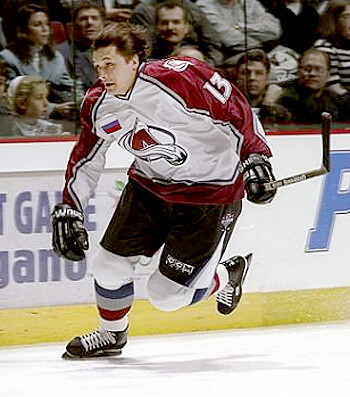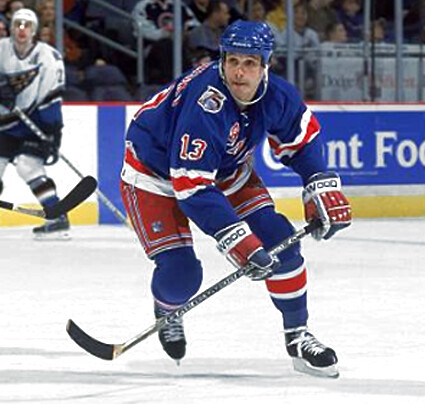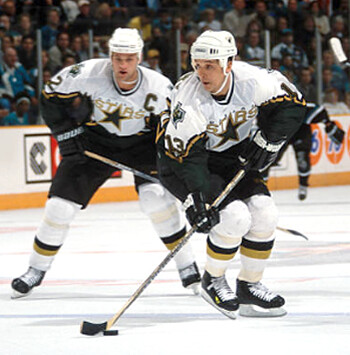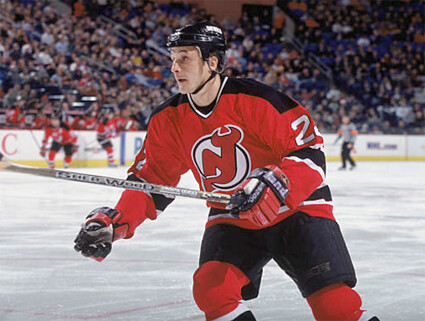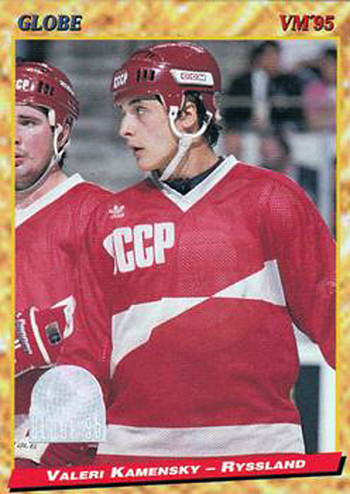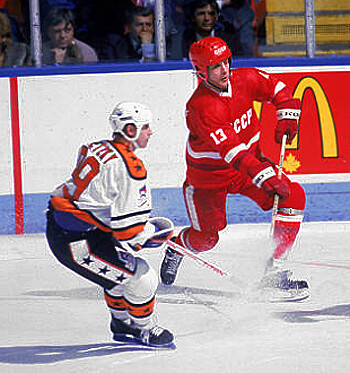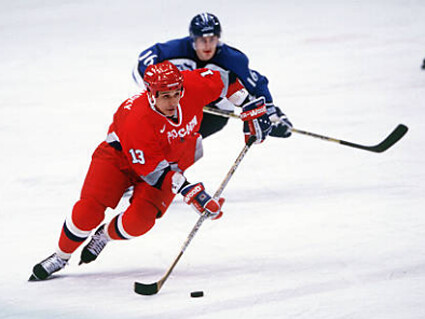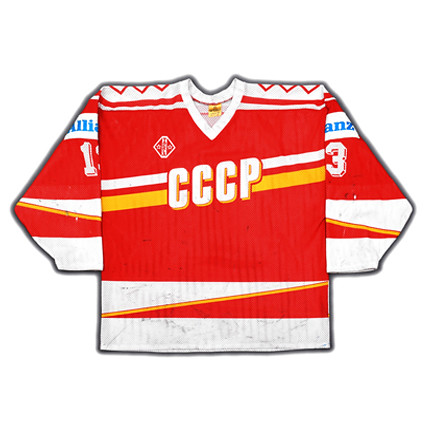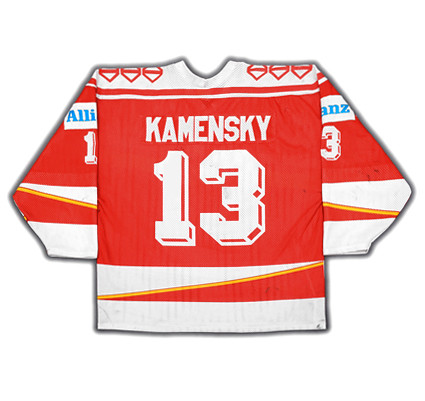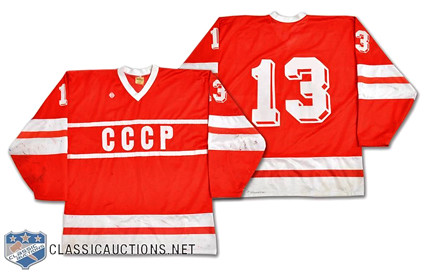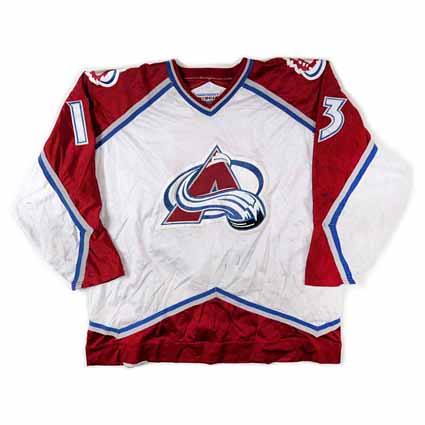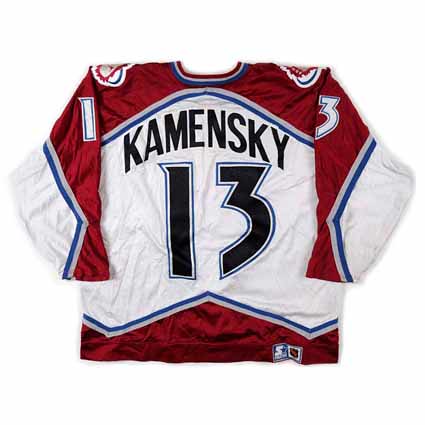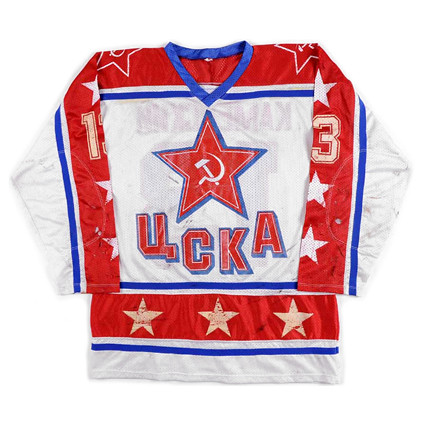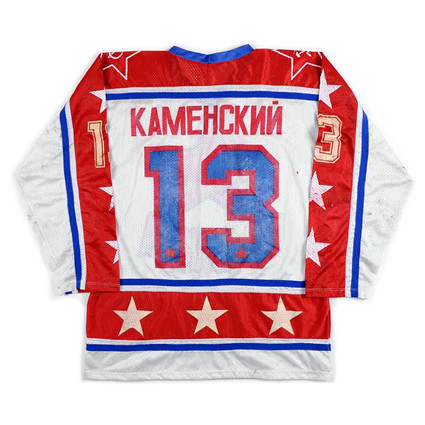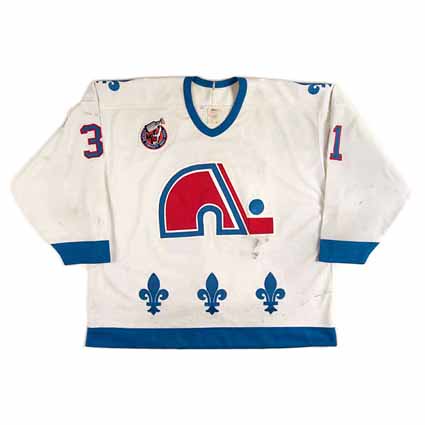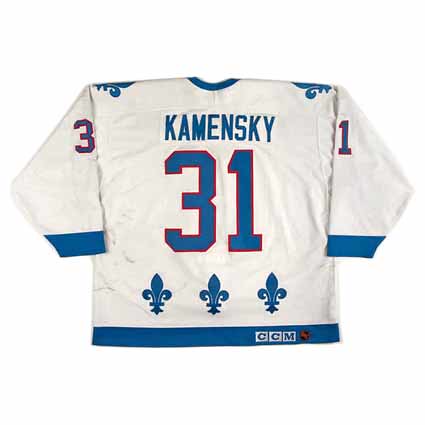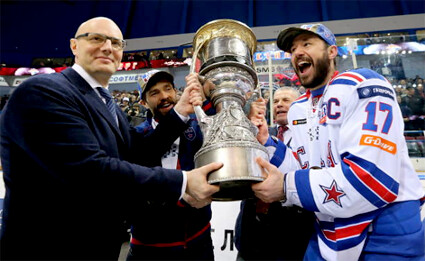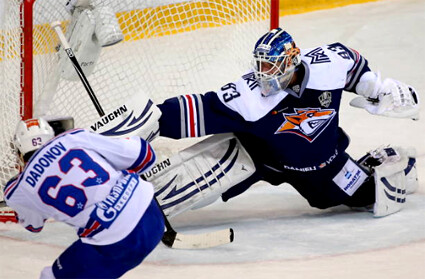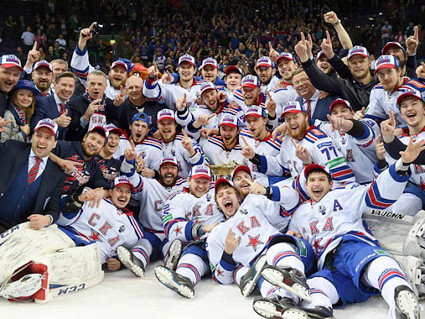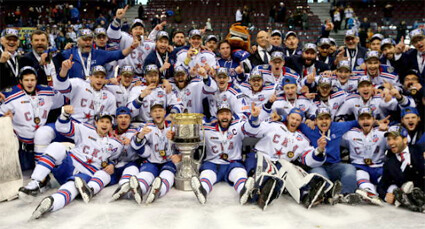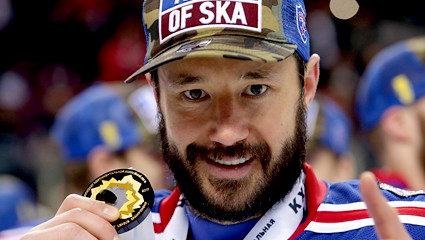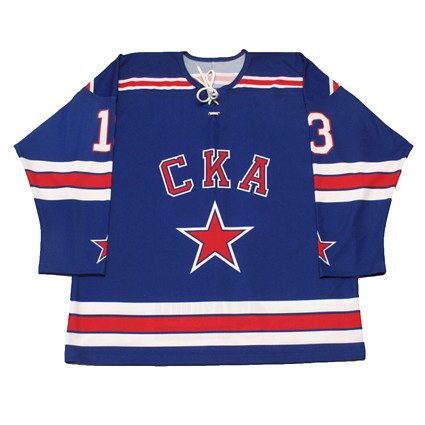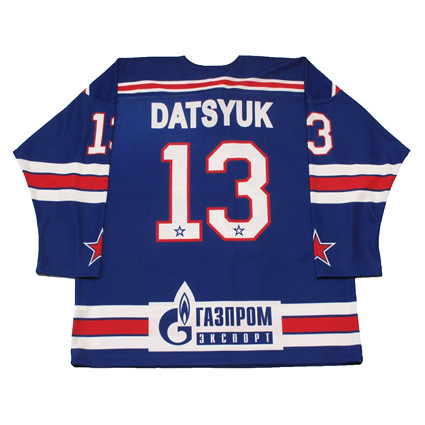After a tough first year when he was 9-15-3 with a 4.45 goals against average, Mason showed his potential with a turnaround 1982-83 season when he was 26-16-1 with a 3.49 goals against which earned him the WCHA Player of the Year award.
That performance caught the attention of USA Hockey, which named him to the United States National Team for the 1983-84 season. Mason was 17-10-5 in preparation for the 1984 Olympics in Sarajevo, Yugoslavia. He played in 3 games during the Games, with a 1-0-1 record and a 3.75 goals against.
After the conclusion of the Olympics, Mason, an undrafted free agent, signed with the Washington Capitals. He then played in 5 games with their American Hockey League affiliate, the Hershey Bears. With Hershey, he was a less than impressive 1-4 with a goals against over 5.50. Still, he was called up to the NHL and played a pair of games with the Capitals, winning both while only allowing 3 total goals.
For the 1984-85 season, Mason played the majority of this games with the Binghamton Whalers of the AHL, putting up a fine 10-6-1 record with a 3.31 GAA. When recalled by Washington, he again impressed with a 8-2-1 record in 12 appearances with a 2.81 GAA.
Despite his success when playing in the NHL, the young Mason was third on the Capitals depth chart behind the duo of Pat Riggin and Al Jensen, who combined to win the Jennings Trophy for Washington for allowing the least number of goals in 1983-84 and then behind Jensen and Pete Peeters in 1985-86.
So, for the 1985-86 season, Mason was with Binghamton in the AHL once again, playing in 34 games with a 20-11-2 record and a slightly higher 3.90 GAA. His lone appearance with the Capitals saw him get a win in 16 minutes of playing time while facing 5 shots without allowing a goal.
Finally, for the 1986-87 season, Mason was finally cracked the Capitals lineup, where he split time with Peeters, who played in 37 games to Mason's 45 while Jensen was in the net for just 6. Mason led the team in wins with 20, while taking 18 losses to go with 5 ties. In the interests of completeness, Mason did play in a pair of games in Binghamton, going 1-1 with a goals against of 2.02.
Mason's final game with the Capitals was a memorable one, as the Capitals and the New York Islanders playoff series stretched to a Game 7. The game began on Saturday, April 18th, and the teams alternated goals until the Islanders tied the game at 2-2 with 5:23 to play in regulation. The game went to overtime and neither team could score after each taking 11 shots on goal. The Capitals pressed hard in the second overtime, outshooting the Islanders 17-9, but Mason and Kelly Hrudey refused to crack. The third overtime saw New York hold a narrow 11-10 margin in shots as the game stretched into the night. Midnight arrived as the game now extended into Easter Sunday. Finally, at 8:47 of the fourth overtime, Pat Lafontaine wheeled and fired a shot past Mason to win the fifth longest game in Stanley Cup history, the longest playoff game in 36 years and the longest Game 7 ever, 3-2 in what has become known as the Easter Epic.
Later that fall, Mason was chosen to be on the roster for the United States at the 1987 Canada Cup tournament.
Mason left Washington before the next season began and signed with the Chicago Blackhawks as a free agent for the 1987-88 season. He would play in 41 games with Chicago, splitting time with Darren Pang in goal. Mason would finish with a 13-18-8 record, but as Pang got more and more playing time in the second half of the season, and the crease in Chicago about to get very crowded (Pang (35 games), Alain Chevrier (27), new arrival Ed Belfour (23) and Jimmy Waite (11) would all compete for playing time), Mason was traded to the Quebec Nordiques for the 1988-89 season.
Unfortunately for all involved, the Nordiques would finish last in the NHL and Mason would bear the brunt of their poor performance, as he would finish the forgettable season with a 5-14-1 record and a demotion to the Halifax Citadels of the AHL. Playing a 23 games with Halifax, Mason showed his worth with an 11-7-1 record and a goals against a full 1.30 lower than his 4.73 NHL rating.
Mason was traded back to Washington for the 1989-90 season and split time between the Capitals (16 games, 4-9-1) and the Baltimore Skipjacks of the AHL (13, 9-2-2). Washington released Mason at the end of the year and he signed with the Vancouver Canucks organization to add depth to their roster.
He would play the majority of the 1990-91 season with the Milwaukee Admirals of the International Hockey League, playing in 22 games, winning 8. He would also go 2-4 during his 6 games played with Vancouver, which would prove to be his final games in the NHL.
Mason would not play in the NHL in 1991-92, which allowed him to see action in 51 games for the Admirals that season, winning 27 while losing 18 with 4 ties and a 3.39 GAA. For the 1992-93 season, Mason would be the number one goaltender for the Hamilton Canucks in the AHL, finishing with 44 games played and lead the team with a 20-19-3 record and a 3.67 goals against average.
He would return to Milwaukee and the IHL for the 193-94 season, where he had an excellent season, ending with a 21-9-8 record for the Admirals. He would play one final season, playing in 13 games for Milwaukee with a 7-4-1 record and a single game for the Fort Wayne Komets, also of the IHL.
His final NHL totals were 145 games played with 55 wins, 65 losses and 16 ties and a career goals against average of 3.75.
Following his playing career, he was a goaltending coach at the University of Minnesota for three years until being hired by the Atlanta Thrashers as a goaltending consultant for three seasons, Then in 2002-03, he took the same position with the Minnesota Wild and is now in his 15th season as their goaltending coach, which included guiding Niklas Backstrom and Manny Fernandez to the Jennings Trophy in 2007.
Today's featured jersey is a 1987 United States Bob Mason jersey from the 1987 Canada Cup tournament, the predecessor to the current World Cup of Hockey. Canada was frustrated with the state of international hockey, as the Canadian professionals were not allowed to participate in amateur-only events like the Olympics, while the World Championships were always held while the NHL playoffs were in progress, which combined to keep the best Canadian players shut out of the highest profile international tournaments.
Meanwhile, the best players from the communist European nations, the Soviet Union and Czechoslovakia in particular, established a system where their players were considered to be members of their military whose assigned duties were to play hockey, a technicality which allowed them to maintain their amatuer status for their entire career, while countries like the United States and Canada were limited to young, non-professional players. Later agreements allowed professionals, but the timing of the Olympics taking place during the NHL season still kept the best Canadian and American players out of the Games.
1972 saw the Summit Series, an eight game exhibition series of games between the top Canadian professionals and the best the Soviets had to offer, which was an emotionally charged event that captivated the hockey world as the styles and cultures clashed for the first time. Two years later they tried to catch lightning in a bottle once again, with the Soviets now facing a team of pros from the World Hockey Association, such as Gordie Howe and Bobby Hull, who was locked out of the 1972 event due to having jumped to the WHA, angering the powers that be in the NHL who kept him out of the original Summit Series despite is undisputed qualifications.
Seeking to capitalize on the two team Summit Series, the Canada Cup was born in 1976, which took place in the fall prior to the NHL season, which allowed the best players to all compete in a tournament format, as now the United States, Sweden, Czechoslovakia, Finland and West Germany were added to the competition in addition to the Soviets and Canadians.
The Canada Cup was held five times, 1976, 1981, 1984, 1987 and 1991, with Canada winning all but the 1981 edition, which went to the Soviets.
Bonus jersey: Today's bonus jersey is a 1985-86 Washington Capitals Bob Mason jersey .
In today's video section, highlights of the Easter Epic, the four overtime game between the Capitals and Islanders with Mason making 54 saves in goal for Washington.
Next, Mason is flattened by Shane Corson during one of his limited appearances for Vancouver.

